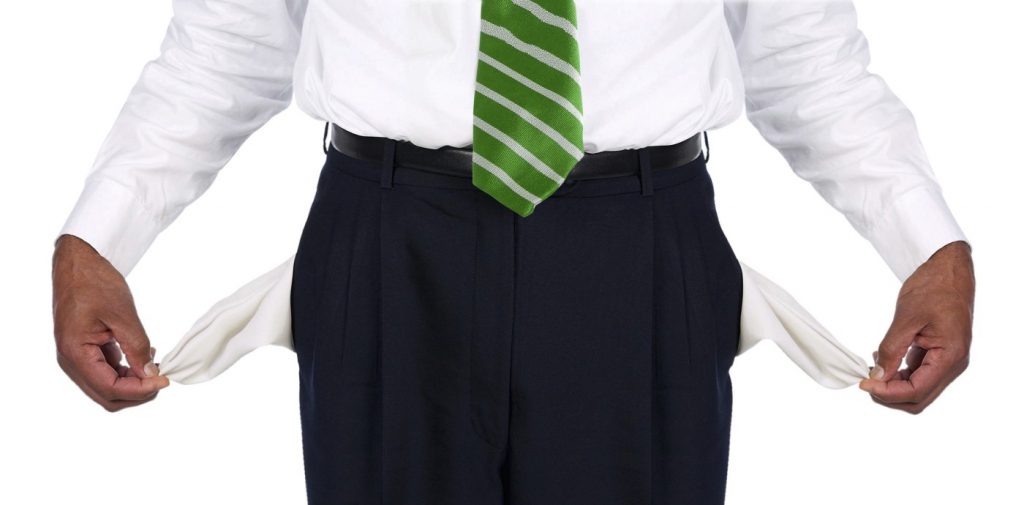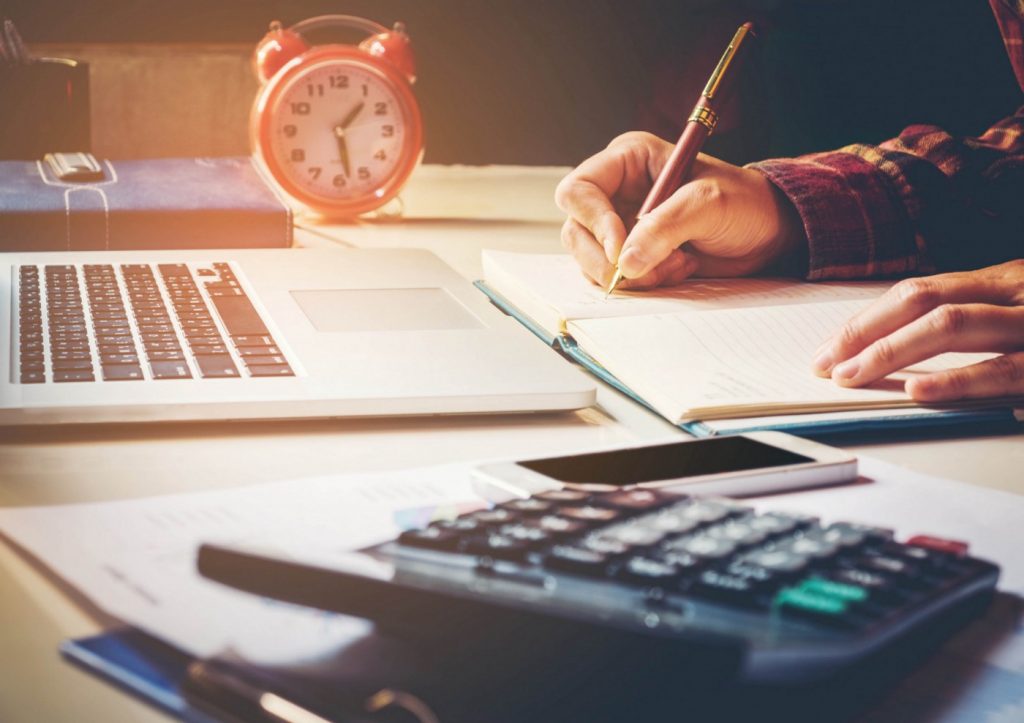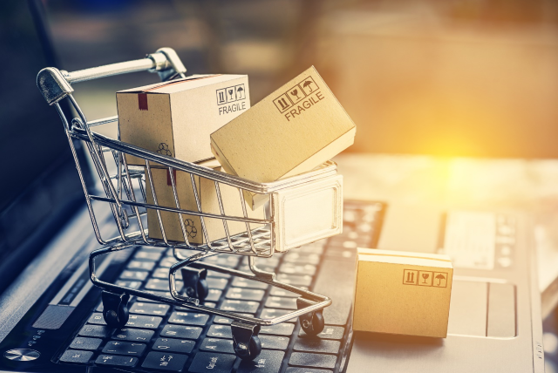
A key part of personal financial management is having a comprehensive financial statement. It is useful in tracking your goals and keeping a keen eye on your wealth’s growth. In order to do so successfully, you need to be able to distinguish between assets and liabilities which are part of the main breakdowns in a financial statement. These statements are useful when applying for a loan or a mortgage as they determine your eligibility.
Asset- This is something that you own and have control over. It may generate income at the moment or have a future economic benefit i.e. can be converted into cash in the future.
Liability- This is something that you have that presents you with a future obligation — meaning a commitment to pay a third party based on an underlying contract.
In short, assets put money in your pockets — they are what you own. Liabilities take money out — they are what you owe. Both assets and liabilities may be tangible or intangible.
Examples of assets;
· Cash
· Deposits
· Investments
· Art and collectibles
· Inventories (Goods in stock)
· Real estate
· Furniture
· Transportation equipment
· Technology (Computer hardware and software)
· Intellectual property — patents, copyrights, trademarks
Examples of liabilities;
· Bank loans
· Expenses owing, accrued bills
· Revenue prepayment
· Accounts payable
· Mortgages
· Leases
Some items can either be a liability or an asset depending on the flow of cash — whether in or out. For instance, a house that you live in (even if fully paid for) and you have to spend money on for maintenance plus utilities monthly, is a liability. The same house when rented out, thus giving you more money monthly compared to expenses, is an asset.
If you buy a car and use it for commercial purposes, where revenue generated is more than the cost of fuel and maintenance, it is an asset. If used for mobility alone, it becomes a liability as it requires digging into your own pocket to fuel and maintain. However, these two are depreciating assets, in that — they can still provide a future benefit (sold) though at a lower price compared to the amount spent in buying.
Three key things to note;
1. To get your net worth, you subtract your liabilities from your assets.
2. If your liabilities are more than your assets, your net worth is negative. If they are less, then it is positive.
3. Asset and liability values change with time therefore affecting your net worth.



